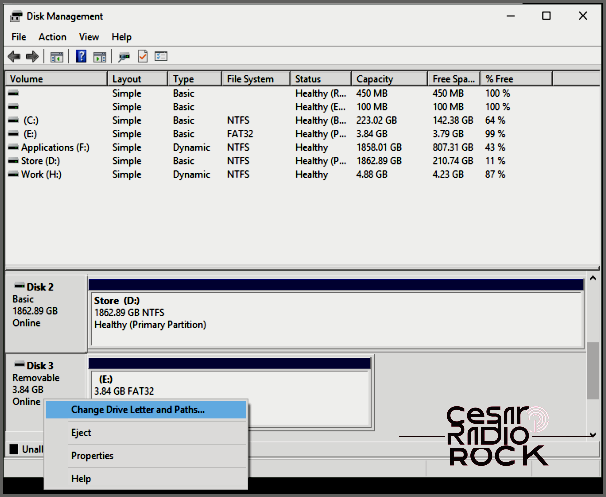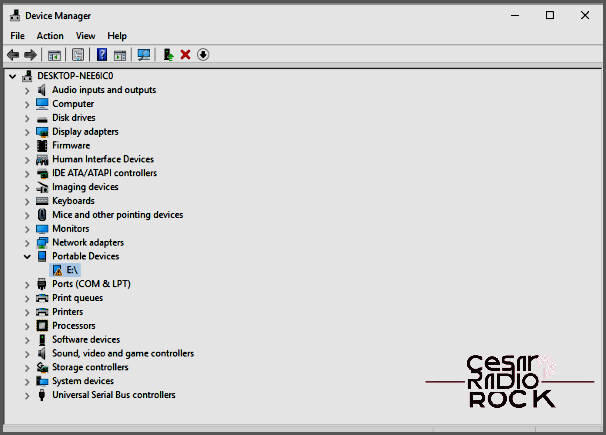Having Trouble Finding Your External Hard Drive in Windows? Let Me Help You Fix It
Hey there! Are you facing the frustrating issue of your external hard drive not showing up in Windows? Or perhaps your USB dongle is mysteriously missing from Explorer? Don’t worry, you’re not alone. This happens way too often, and it can be quite a headache. Especially since one of the perks of using Windows is supposed to be the seamless plug and play experience. I mean, you just insert your USB device and Windows takes care of the rest, right? Well, not always.
You see, Windows excels at making things easier for us by handling the complicated stuff behind the scenes. It takes away the hassle of computer management and lets us focus on being productive. It’s a great system, but like anything else, it has its quirks. Sometimes, it needs a gentle nudge or a little bit of coaxing to do what we want it to do.
Now, let’s get to the bottom of why your external hard drive might not be appearing in Windows. I’ll walk you through the steps to diagnose and fix the most common issues.

Welcome to Disk Management!
Did you know that Windows has a hidden gem called Disk Management? It’s a powerful tool that goes beyond what you can do with Explorer. It allows you to diagnose issues with your drives and have more control over them. Let’s start by using Disk Management to figure out why your external hard drive isn’t showing up in Windows.
My Recommendation for the Best External Hard Drives for Video Editing:
- First, right-click on the Windows Start button and select Disk Management.
- In the bottom pane, look for “Removable” in the little gray boxes under Disk 1, Disk 2, and so on.
- Now, what you do next depends on what you find.
If you see a removable drive, there are a couple of things you can try.
If the white box to the right of the gray one says “unallocated,” you need to format the external hard drive before Windows can work with it.
- Right-click on the white box and select Format. Be aware that formatting will erase any data on the drive, so make sure to back it up first if there’s anything important.
- You can give the drive a name if you like and select NTFS as the file system.
- Click OK to start formatting the disk.
Once the formatting is complete, Windows Explorer should detect the external drive and assign it a drive letter. The white box should also change to stripes.
My Recommendation for the Best External Hard Drives for Xbox Series S:
If the striped box to the right of the gray one says “Healthy,” take a look at the drive letter it has been assigned. Does it conflict with another drive?
- Right-click on the striped box and select “Change drive letter and path.”
- Choose “Change” and select a different drive letter from the dropdown box.
- Click OK twice and see if Windows detects the drive.
Even if the drive letter doesn’t seem to be conflicting with anything, sometimes Windows reserves certain letters. For example, if you usually have another external drive assigned to drive E: and you replace it with a USB drive, Windows might assign E: to the USB drive but keep E: reserved for your usual drive. Changing the drive letter can serve as a workaround in such cases.

Can’t Find My External Hard Drive in Disk Management
If I can’t see my external hard drive in Disk Management, I need to try something else. But before I do that, let’s start with these steps:
- Disconnect and reconnect the external hard drive. Wait for about 20 seconds to see if Windows detects it.
- Try plugging the drive into a different USB port.
- If you’re using an external disk, try using a different USB cable.
- Restart your computer and try again.
- If your external drive has its own power, make sure it’s turned on.
- Plug the drive into another device to see if the problem lies with your computer.
In many cases, simply disconnecting and reconnecting the drive or changing the USB port can make Windows recognize it. If it turns out to be a cable issue, then your computer is not the problem. However, if the external hard drive is recognized on a different device but not showing up in Windows, that means the issue is with your computer.
- Connect the external drive to the computer that isn’t recognizing it.
- Right-click the Windows Start button and choose Device Manager.
- Look for your external drive under Disk drives or Portable Devices.
- Right-click the device and select Update Driver Software.
If that doesn’t work, try selecting Uninstall, then click on Scan for hardware changes and let Windows reinstall the drivers. This should either reload the same drivers and refresh the connection, replace any corrupted files, or have no effect at all.
An external hard drive not appearing in Windows can be frustrating, but with a little effort and the tips from this guide, you’ll have your external drive up and running in no time!
Do you have any other methods to make an external drive show up in Windows? Share them with us below!
